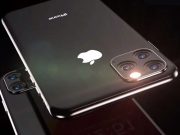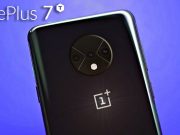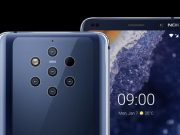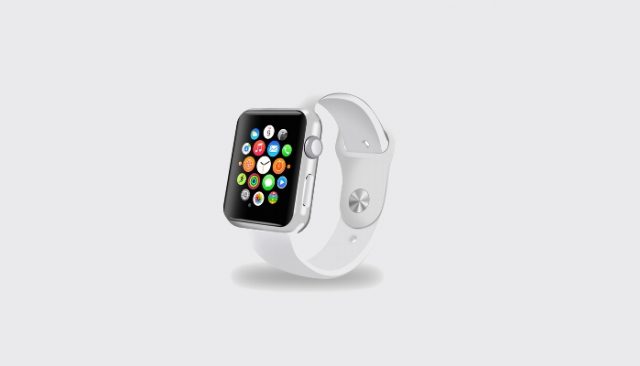Apple is known for its walled garden- a closed ecosystem that can be leveraged only by priviledged ones who also agree to its terms. And while this is true at the software end, things are a lot different when it comes to hardware. In fact, if you put aside the Bionic chips- the SoC that the company has developed and nurtured in-house since its first iPhone, Apple should be more aptly called the designer and vendor of iPhones than the manufacturer.
To drive home the point, an iPhone generally houses memory chips from Samsung, display from Sharp, LG, and Samsung, flash memory from Toshiba, baseband processor from Qualcomm, Audio chipset from Cirrus Logic, and many other components from many other vendors finally assembled by Foxconn. Yes, the company does tweak those components but it still doesn’t deliver the kind of flexibility and control that Apple would like to have.
Now it seems as if things are about to change- at least to some extent. A recent report from Bloomberg has suggested that the company is now working to create display panels on its own. And not just any display panel, but the next-gen MicroLED displays. The company has established a plant in California where it works on its technology secretly.
But why displays?
There are two reasons- 1. Displays are one of the most expensive components and are something that until now has been largely controlled by its competitors; 2. Building displays is a very complex task and given the volumes of Apple’s demands, it often faces bottlenecks in its supply chains.
So, by creating MicroLED displays in-house, the company not only aims to take the technological superiority but is also trying to cut-down the interdependence of its supply channels.
But as it is turning out, for now, creating these new MicroLED displays is actually much more complex- putting the public release years away. As for the display itself, MicroLEDs are known to be much brighter and power-efficient than conventional LCD or OLED displays.
Whenever it’s done- maybe a year or two from now- we can expect these displays to first debut in wearables like Apple Watch. As building smaller displays would be easier and the gadget would benefit the most the new-gained power efficiency. As for the iPhones, even insiders agree that they would continue to stick with current OLED screens for some time and we shouldn’t expect any ground-shifting for at least 3-5 years.





















Comments are closed.